Researchers have successfully extracted ancient proteins from 2-million-year-old teeth of Paranthropus robustus, a powerful and big-jawed cousin of early humans, revealing unexpected genetic diversity that reshapes the understanding of this early human relative. The groundbreaking discovery, announced on November 1, 2025, has significant implications for the field of paleoanthropology and our understanding of human evolution.
According to Dr. Bernhard Zipfel, a researcher involved in the study, the extracted proteins from the tooth enamel provided crucial information about the sex and subtle genetic differences among the fossils. "This is a major breakthrough in the field of paleoanthropology," Dr. Zipfel said. "For the first time, we have been able to analyze the genetic material of a 2-million-year-old species, which has allowed us to gain a deeper understanding of the evolutionary history of Paranthropus robustus."
The study, which was published in a recent issue of a leading scientific journal, suggests that Paranthropus robustus may not have been a single species, but rather a complex mix of different populations with varying levels of genetic diversity. This finding challenges the long-held assumption that Paranthropus robustus was a single, homogeneous species.
The discovery was made possible by the use of advanced techniques in ancient protein analysis, which allowed researchers to extract and analyze the proteins from the tooth enamel of the Paranthropus robustus fossils. The proteins were then compared to modern human and chimpanzee proteins to determine their genetic makeup.
The study's findings have significant implications for our understanding of human evolution and the origins of our species. "This discovery highlights the complexity and diversity of human evolution," said Dr. Zipfel. "It shows that our ancestors were not a single, monolithic group, but rather a diverse range of populations that evolved over time."
The discovery of ancient proteins in fossil teeth has the potential to revolutionize the field of paleoanthropology, allowing researchers to gain a deeper understanding of the evolutionary history of early human species. "This is a major breakthrough that will change the way we think about human evolution," said Dr. Zipfel. "It will allow us to gain a more nuanced understanding of the complex and dynamic process of human evolution."
The study's findings have also sparked interest in the scientific community, with many researchers hailing the discovery as a major breakthrough. "This is a significant discovery that will have far-reaching implications for our understanding of human evolution," said Dr. Lazarus Kgasi, a paleoanthropologist at the Ditsong National Museum of Natural History in Pretoria, South Africa. "It highlights the importance of continued research into the origins of our species and the evolution of the human genus."
As researchers continue to analyze the data from the study, they are already planning new research projects to build on the findings. "This discovery has opened up new avenues of research into the evolution of early human species," said Dr. Zipfel. "We are excited to see where this research will take us and what new insights it will reveal about the origins of our species."


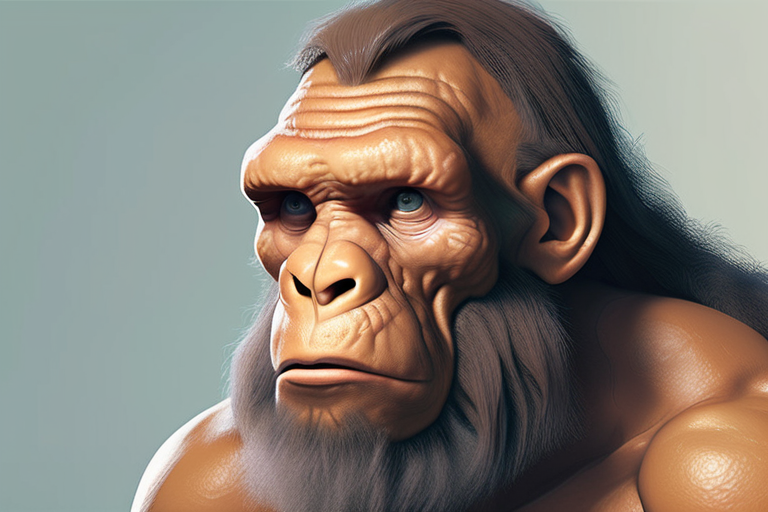





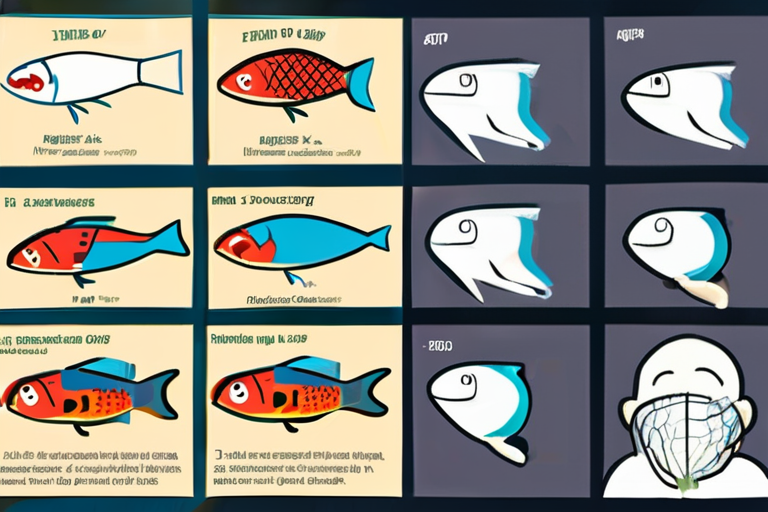
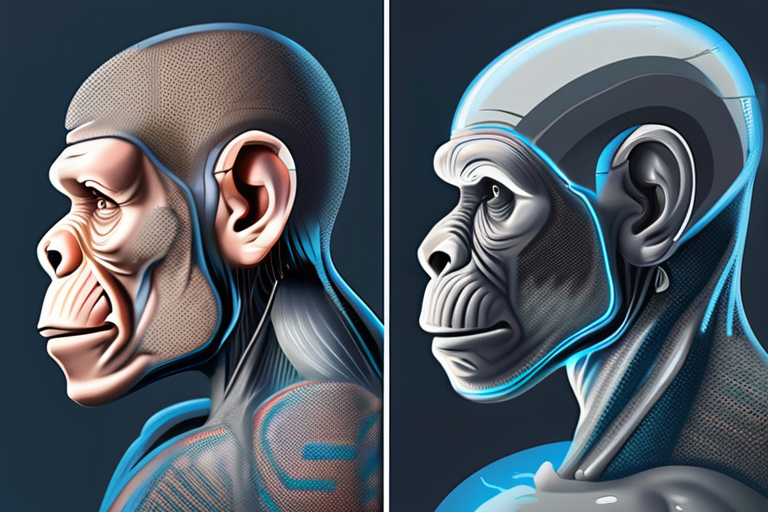

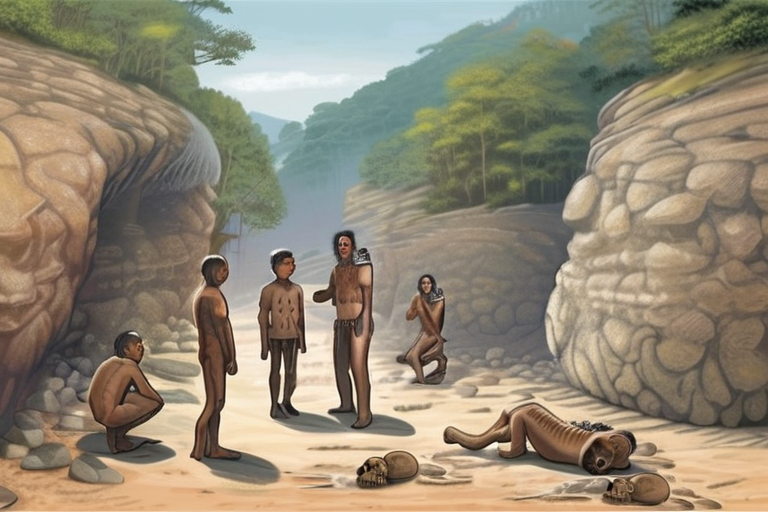


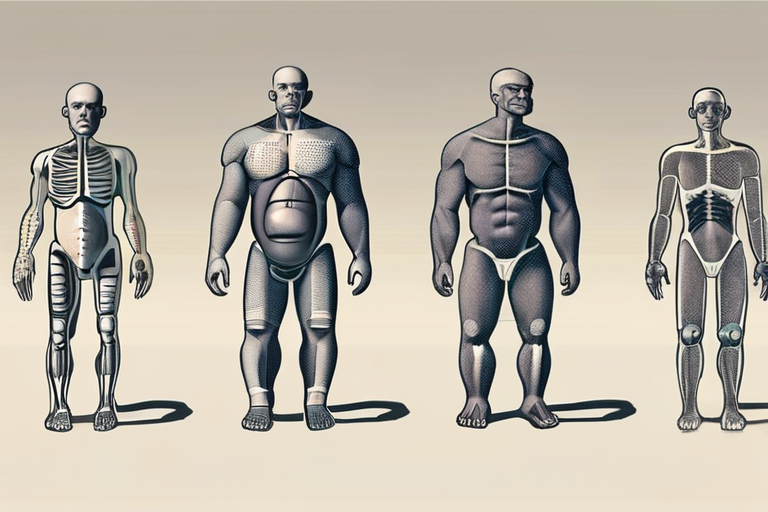
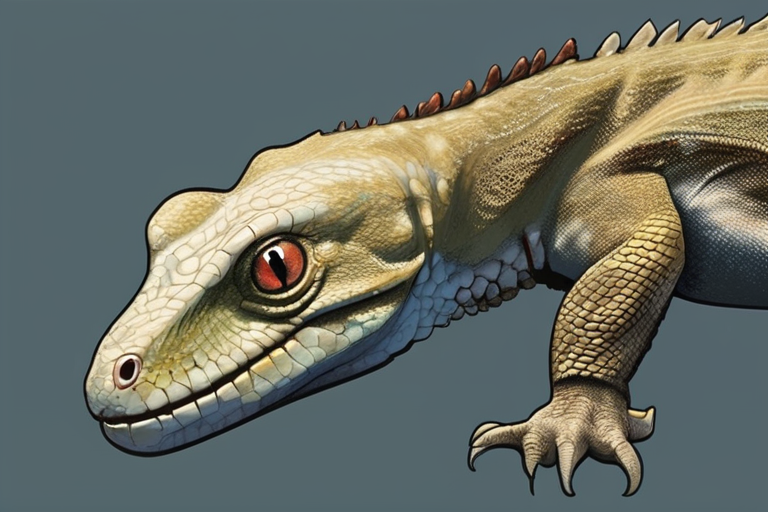

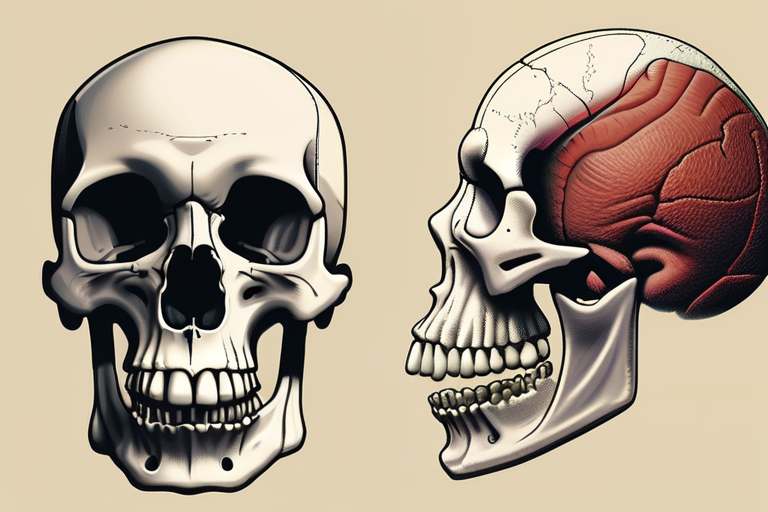





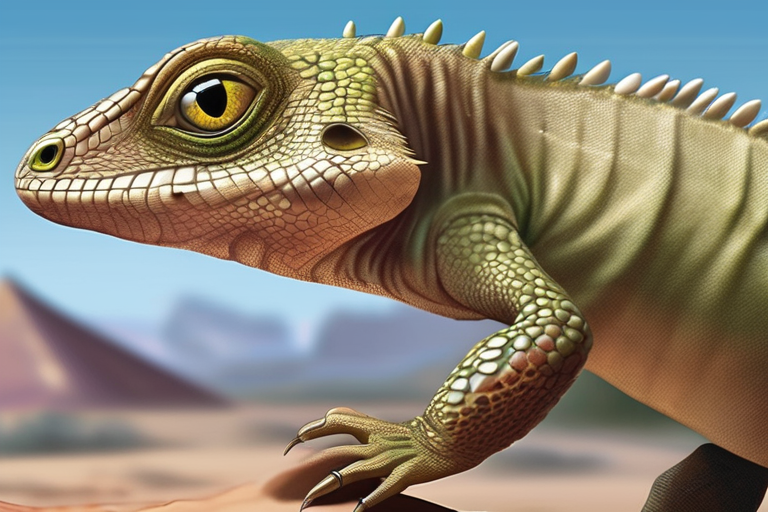

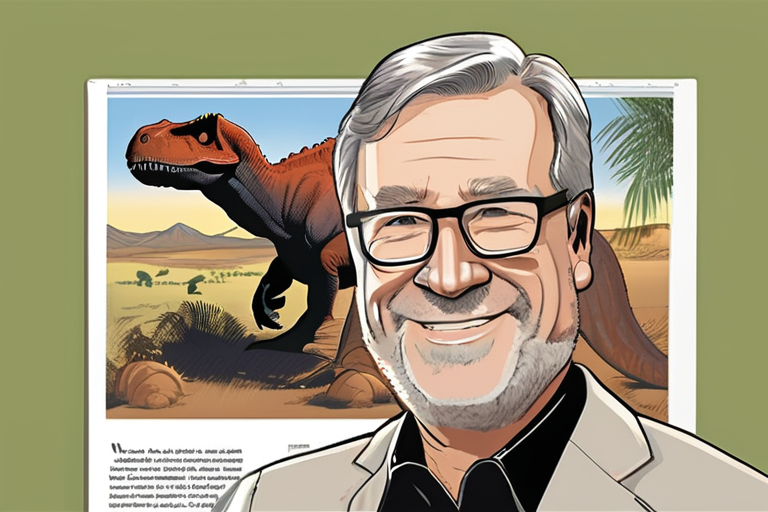
Share & Engage Share
Share this article